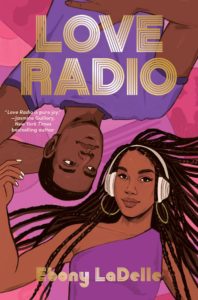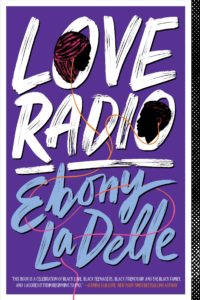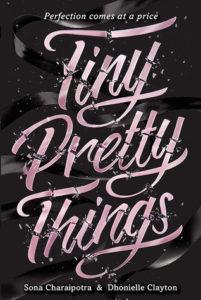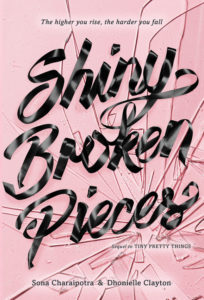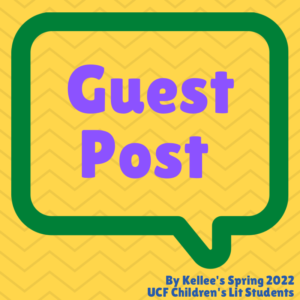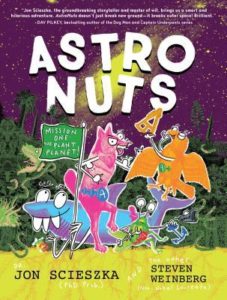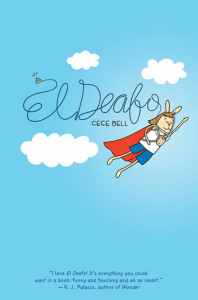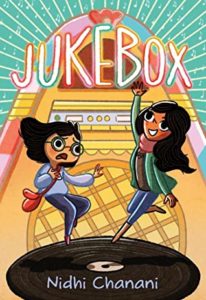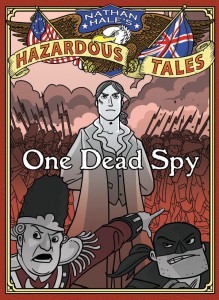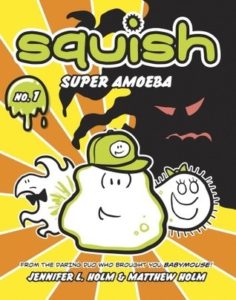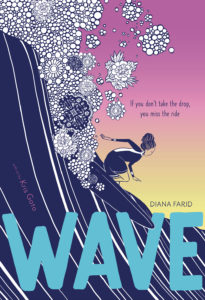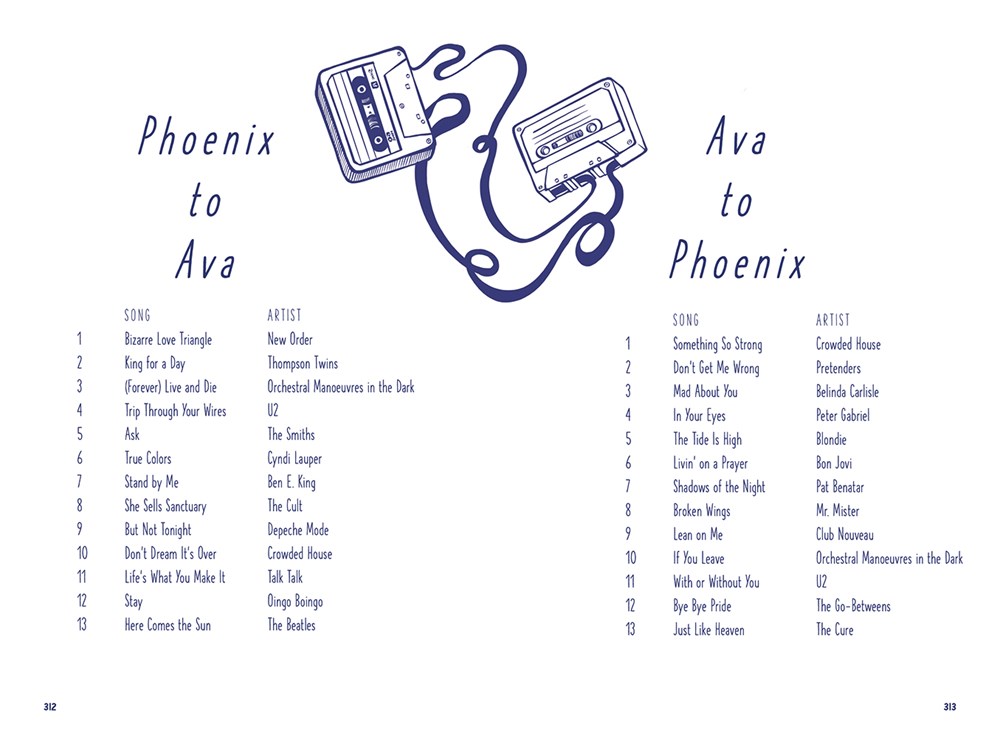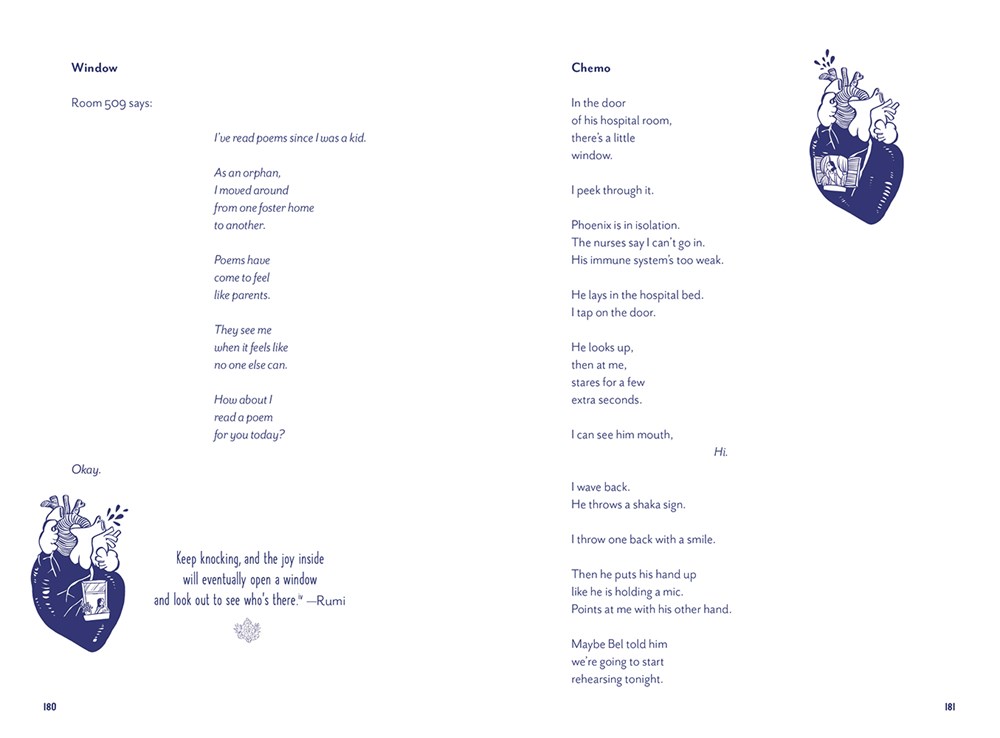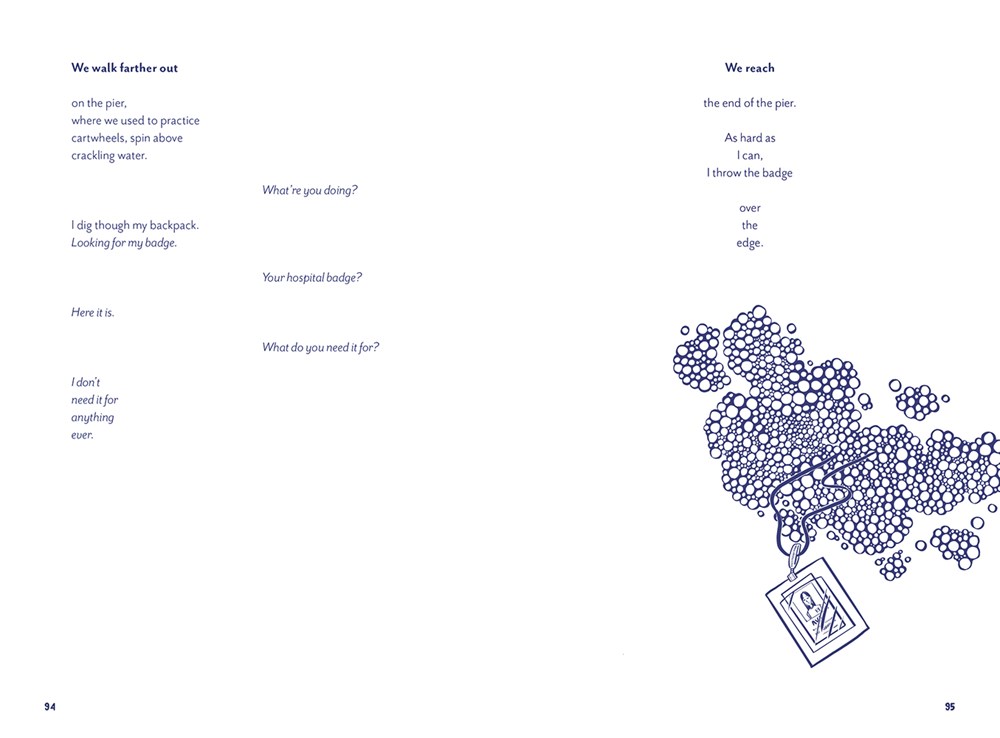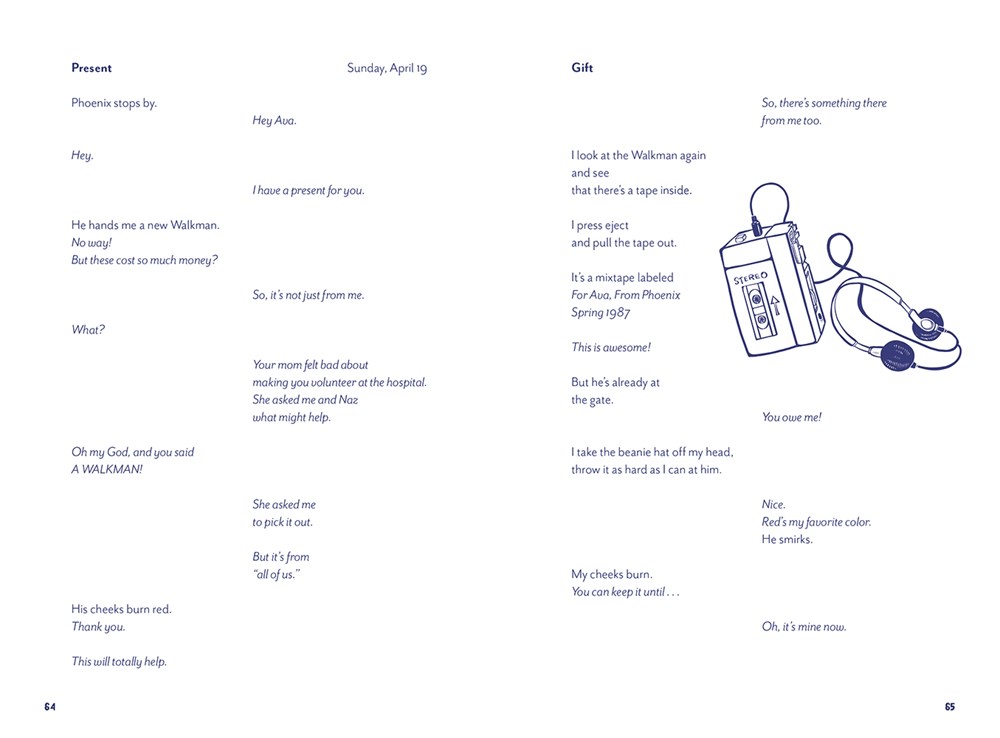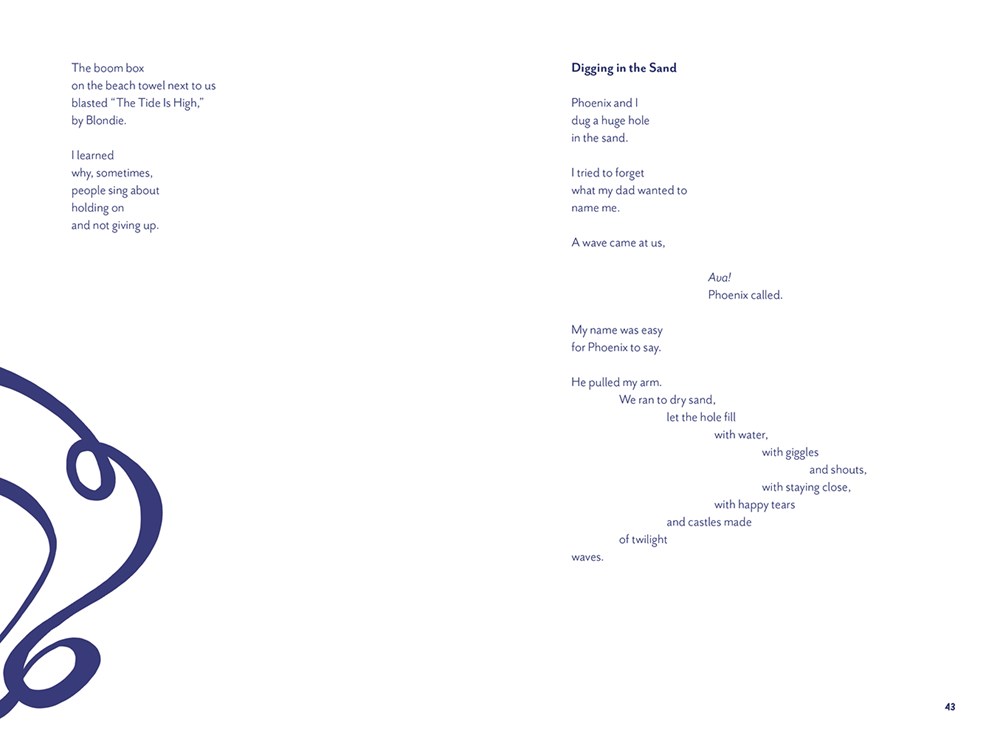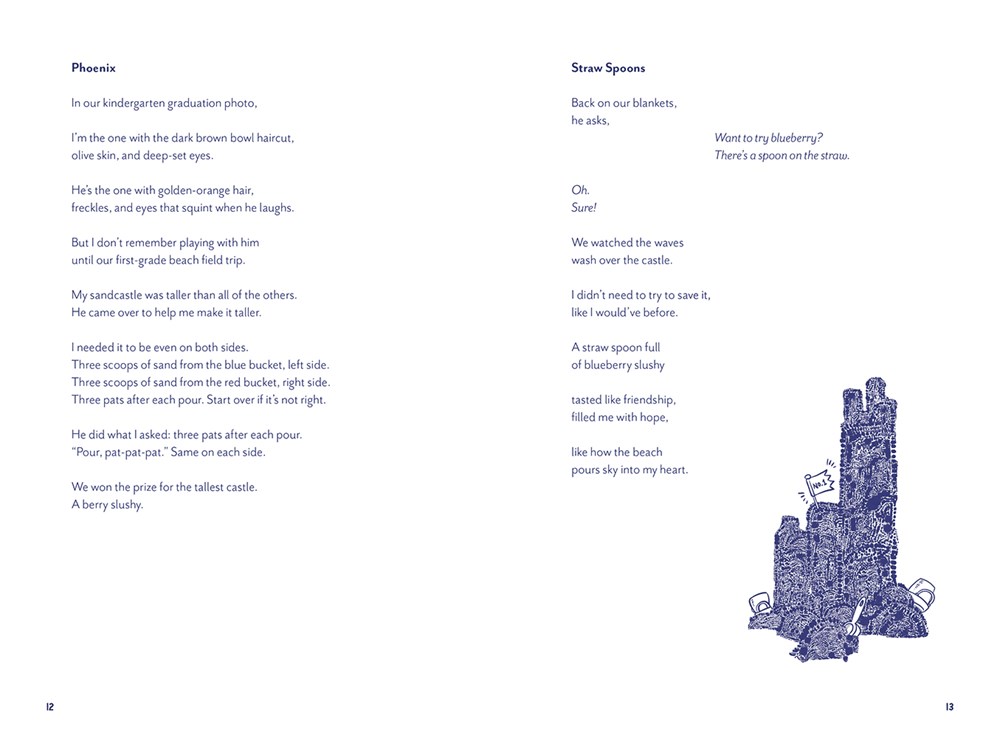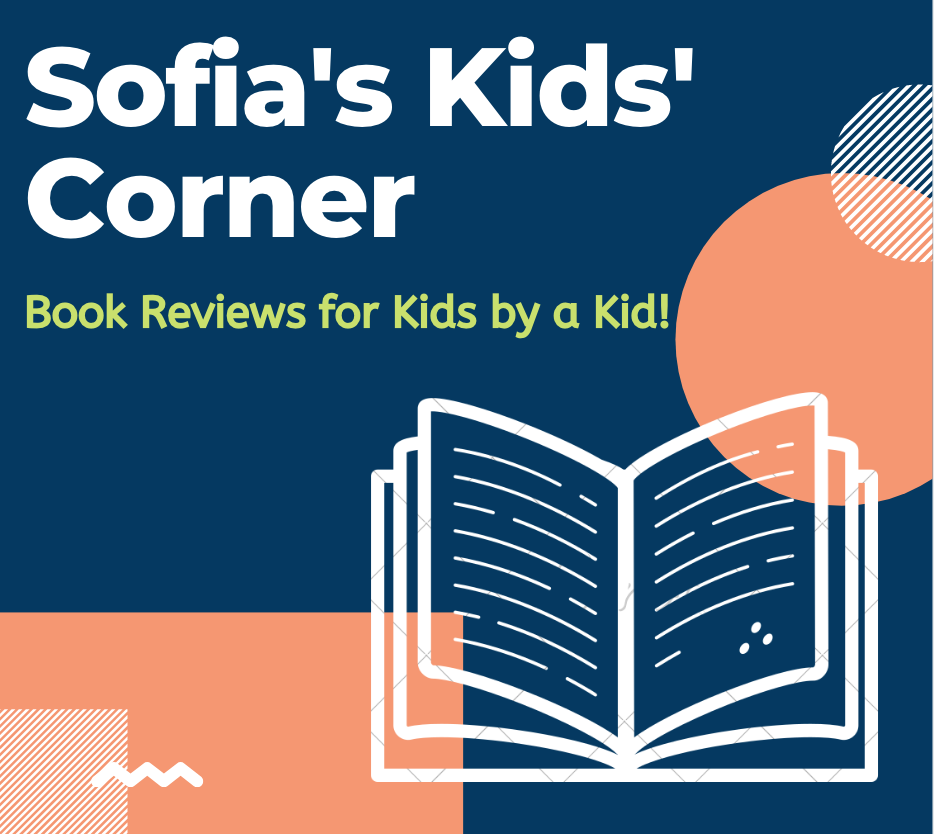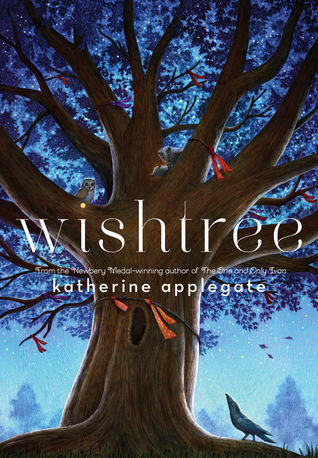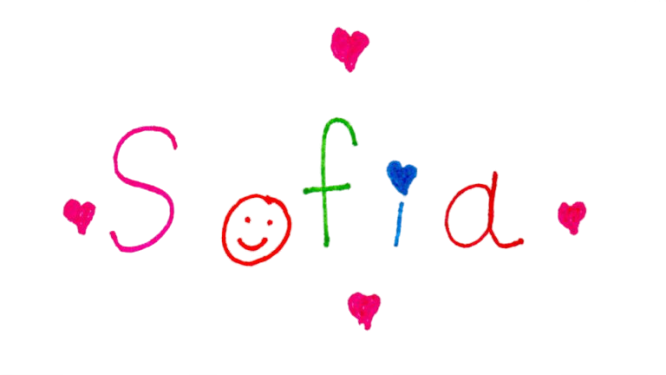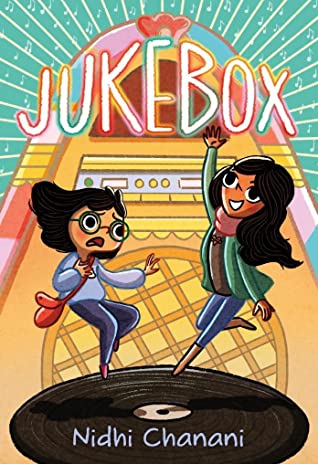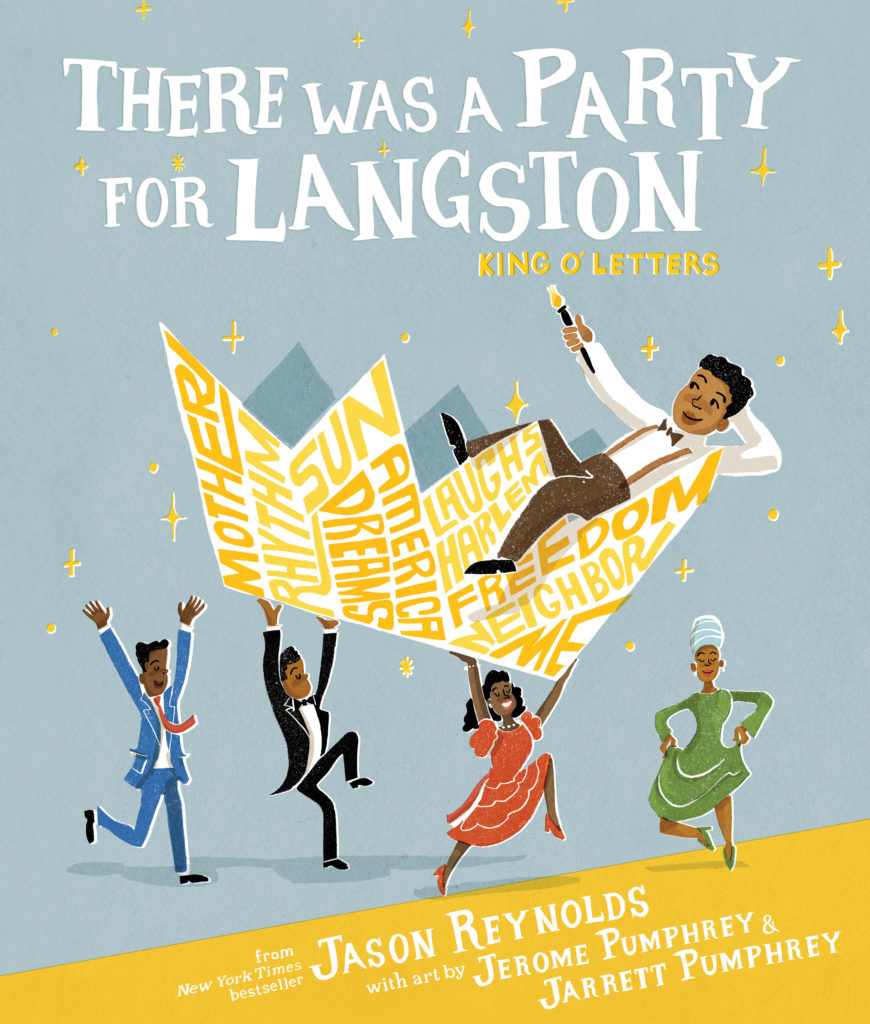
There Was a Party for Langston
Author: Jason Reynolds
Illustrators: Jerome Pumphrey & Jarrett Pumphrey
Published October 3rd, 2023 by Atheneum/Caitlyn Dlouhy Books
Summary: New York Times bestselling and award-winning author Jason Reynolds’s debut picture book is a snappy, joyous ode to Word King, literary genius, and glass-ceiling smasher Langston Hughes and the luminaries he inspired.
Back in the day, there was a heckuva party, a jam, for a word-making man. The King of Letters. Langston Hughes. His ABCs became drums, bumping jumping thumping like a heart the size of the whole country. They sent some people yelling and others, his word-children, to write their own glory.
Maya Angelou, Amiri Baraka, and more came be-bopping to recite poems at their hero’s feet at that heckuva party at the Schomberg Library, dancing boom da boom, stepping and stomping, all in praise and love for Langston, world-mending word man. Oh, yeah, there was hoopla in Harlem, for its Renaissance man. A party for Langston.
Praise:
Melding celebratory text and kinetic, graphical art, the creators underscore the power of the subject’s poetry to move and to inspire. – Publishers Weekly, *STARRED REVIEW*, 8/14/2023
Evocative and celebratory words float around the dancers like strains of music, all the way to a culminating whirl of letters, laughter, and joy. Who knew these esteemed literary lions could cut the rug like that? – Booklist, *STARRED REVIEW*, 08/01/2023
Reynolds and the Pumphrey brothers take readers on a dazzling journey through Langston Hughes’ legacy … A bar set stratospherically high and cleared with room to spare. – Kirkus Reviews, *STARRED REVIEW*, 08/01/2023
This book is an absolute textual and pictorial glory of people, places, word-making, song-singing, storytelling, history-making moments, and images that are unforgettable. A beguiling, bedazzling collaboration that will send children to the shelves to learn more about all the names within, especially Hughes. – School Library Journal, *STARRED REVIEW*, July 2023
About the Creators:
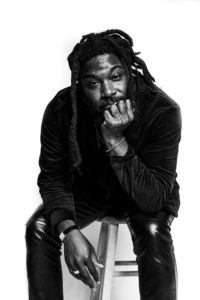
Jason Reynolds is a #1 New York Times bestselling author, a Newbery Award Honoree, a Printz Award Honoree, a two-time National Book Award finalist, a Kirkus Award winner, a UK Carnegie Medal winner, a two-time Walter Dean Myers Award winner, an NAACP Image Award Winner, an Odyssey Award Winner and two-time honoree, the recipient of multiple Coretta Scott King honors, and the Margaret A. Edwards Award. He was also the 2020–2022 National Ambassador for Young People’s Literature. His many books include All American Boys (cowritten with Brendan Kiely); When I Was the Greatest; The Boy in the Black Suit; Stamped; As Brave as You; For Every One; the Track series (Ghost, Patina, Sunny, and Lu); Look Both Ways; Stuntboy, in the Meantime; Ain’t Burned All the Bright (recipient of the Caldecott Honor) and My Name Is Jason. Mine Too. (both cowritten with Jason Griffin); and Long Way Down, which received a Newbery Honor, a Printz Honor, and a Coretta Scott King Honor. He lives in Washington, DC. You can find his ramblings at JasonWritesBooks.com.


Jerome Pumphrey is a designer, illustrator, and writer, originally from Houston, Texas. His work includes It’s a Sign!, Somewhere in the Bayou, The Old Boat, and The Old Truck, which received seven starred reviews, was named a Best Book of the Year by Publishers Weekly, and received the Ezra Jack Keats Writer Award Honor—all of which he created with his brother Jarrett. They also illustrated Jason Reynolds’s There Was a Party for Langston. Jerome works as a graphic designer at The Walt Disney Company. He lives near Clearwater, Florida.
Jarrett Pumphrey is an award-winning author-illustrator who makes books for kids with his brother, Jerome. Their books include It’s a Sign!, Somewhere in the Bayou, The Old Boat, and The Old Truck, which received seven starred reviews, was named a Best Book of the Year by Publishers Weekly, and received the Ezra Jack Keats Writer Award Honor. They also illustrated Jason Reynolds’s There Was a Party for Langston. Jarrett lives near Austin, Texas.
Review: This book may just be perfection. All of it–the words, the story, the inspiration, and the art.
First, we have Jason Reynolds’s verse, written with a rhythm that is screaming to be read aloud (I can’t wait for the audiobook). The story is a celebration of Hughes about a celebration of Hughes, so the love is truly emanating off the pages. And the story of Reynolds’s inspiration is just so wholesome and a snapshot into history that deserves this book.
Second, the cherry on top is the pieces of art that illustrate Reynolds’s words. The Pumphrey brothers use handmade stamps to create spreads that complete the book into the complete package that it is. I loved how they included Hughes’s words and Reynolds’s words within the art as well.
I highly recommend reading Betsy Bird’s Goodreads review because she is so much more articulate and detailed than I am about this book in all of its glory.
Tools for Navigation: This text should be combined with Hughes’s work. His words are intertwined within the book which lends directly into picking up Hughes’s work to read alongside it. Readers could also find words within the illustrations and find which of Hughes’s work it comes from and look at why that particular section would be included at that point.
Additionally, other beloved authors were introduced to the readers, not only Maya Angelou and Amiri Baraka but James Baldwin, Gwendolyn Brooks, Ashley Bryan, Octavia Butler, Countee Cullen, W.E.B. DuBois, Paul Laurence Dunbar, Alice Dunbar Nelson, Ralph Ellison, Nikki Giovanni, Alex Haley, Zora Neale Hurston, Claude McKay, Toni Morrison, Alice Walker, and Richard Wright. These introductions could lend themselves to be the start of an author study, including asking why Reynolds and the Pumphreys would have chosen to include these specific authors.
Discussion Questions:
- Why did Langston Hughes have a party at the library?
- What are some ways that Reynolds captured the excitement and glory of the evening with his words?
- How did the illustrators use words in their art? What does it add to the book?
- How did some of Hughes’s purposes relate to issues we’re still facing in America?
- What inspired Jason Reynolds to write this book?
- How is this picture book biography different than others?
Flagged Spreads:
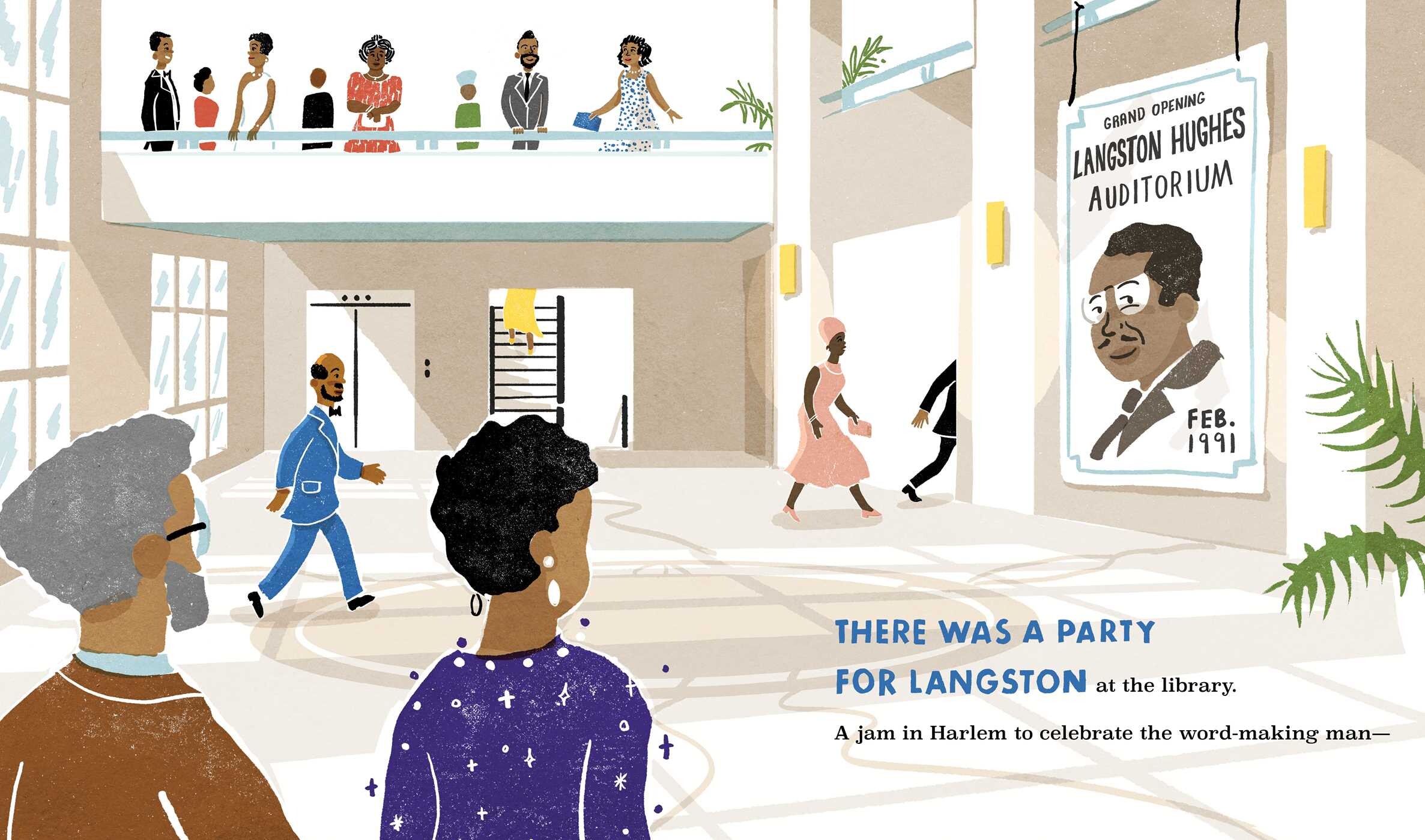
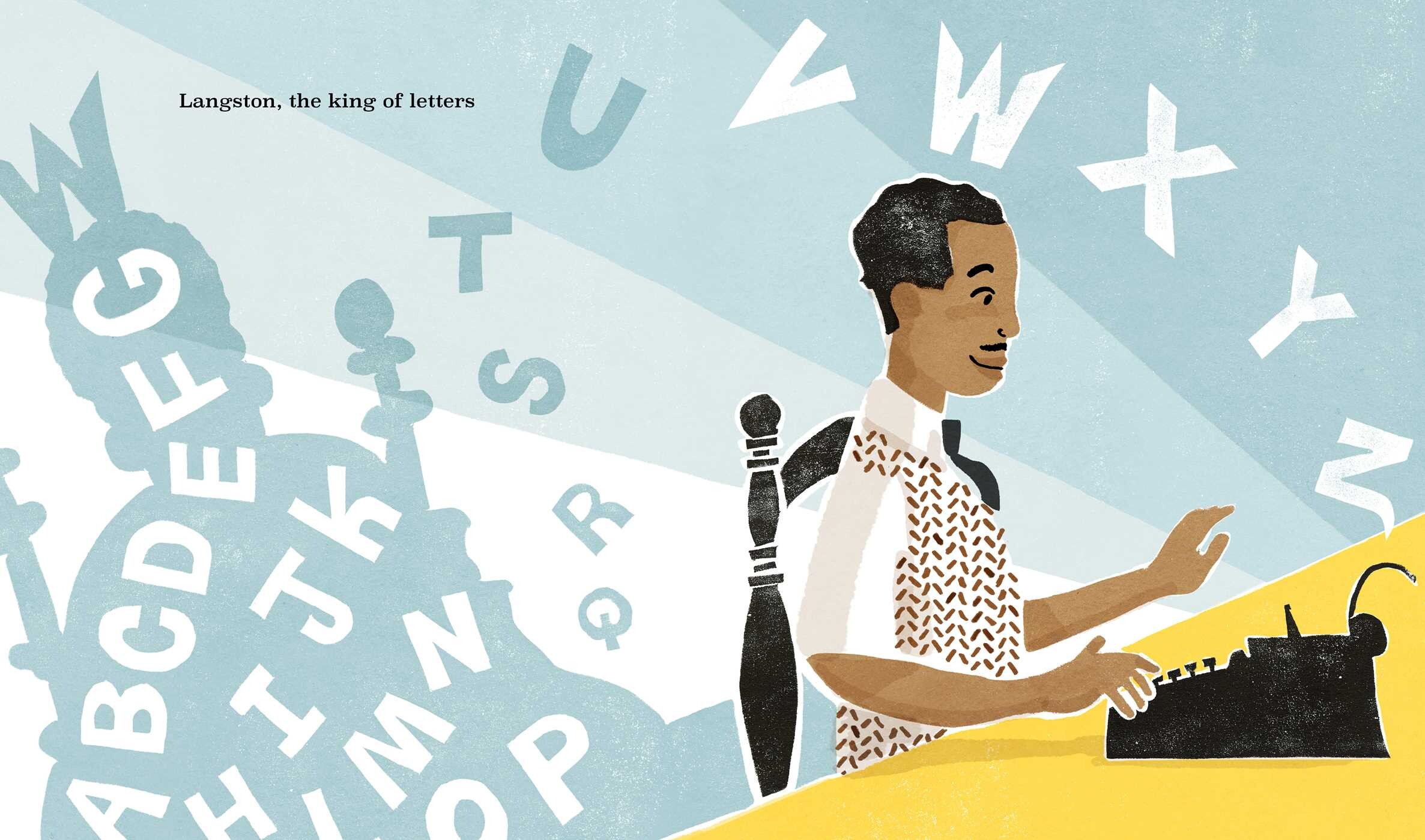
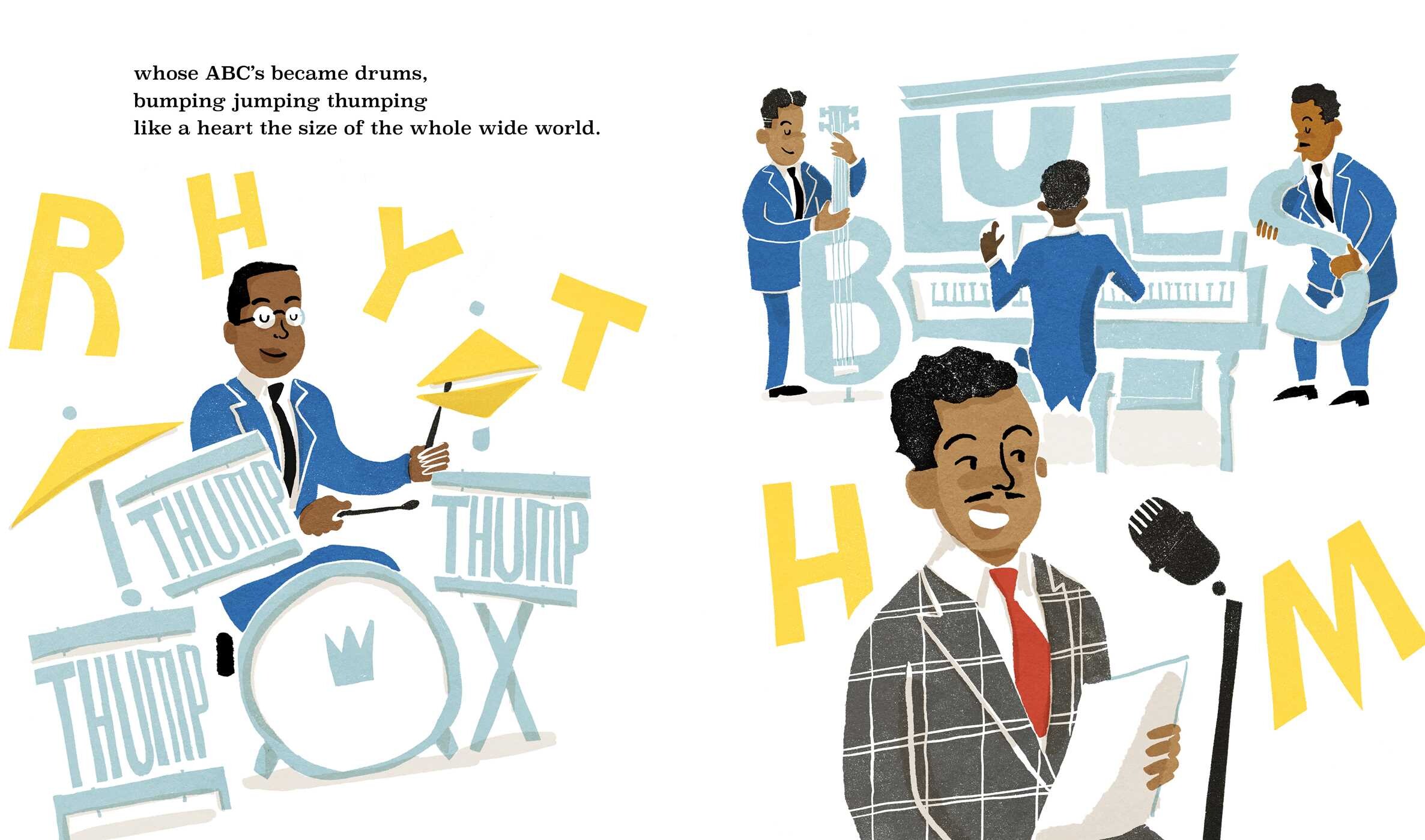
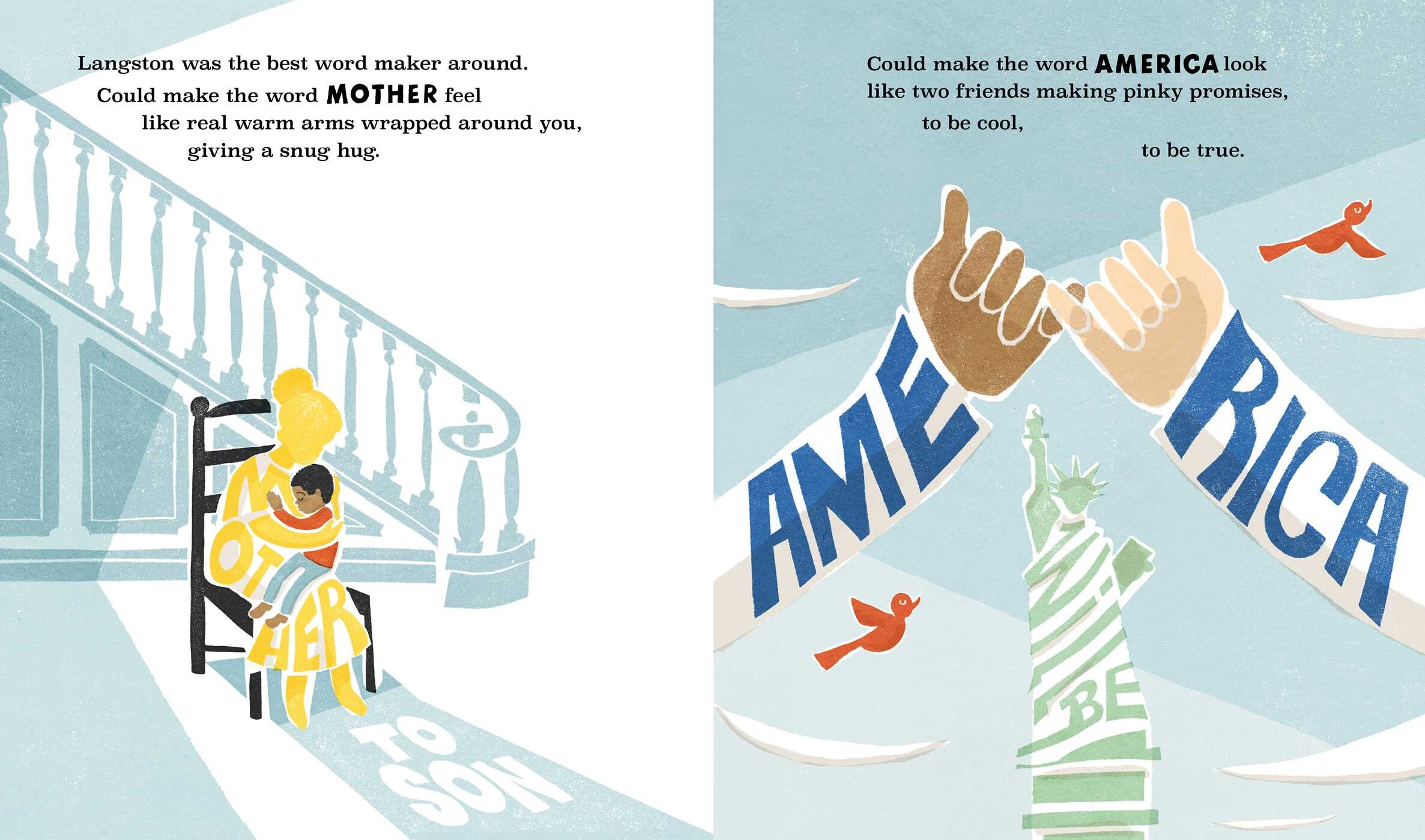
Read This If You Love: Poetry, Langston Hughes, Jason Reynolds
Recommended For:





**Thank you to Simon & Schuster’s Children’s Publishing for sharing a copy for review!**
